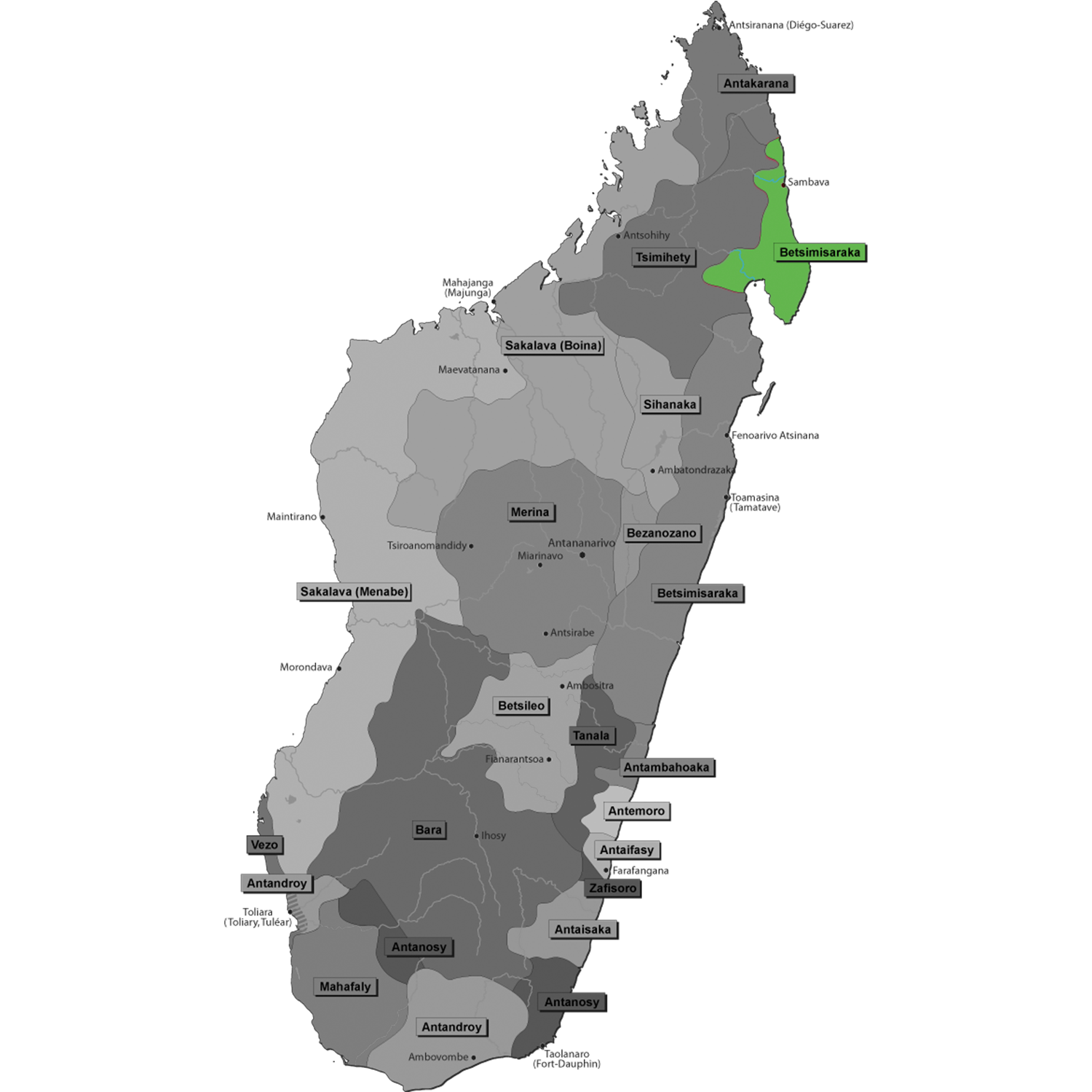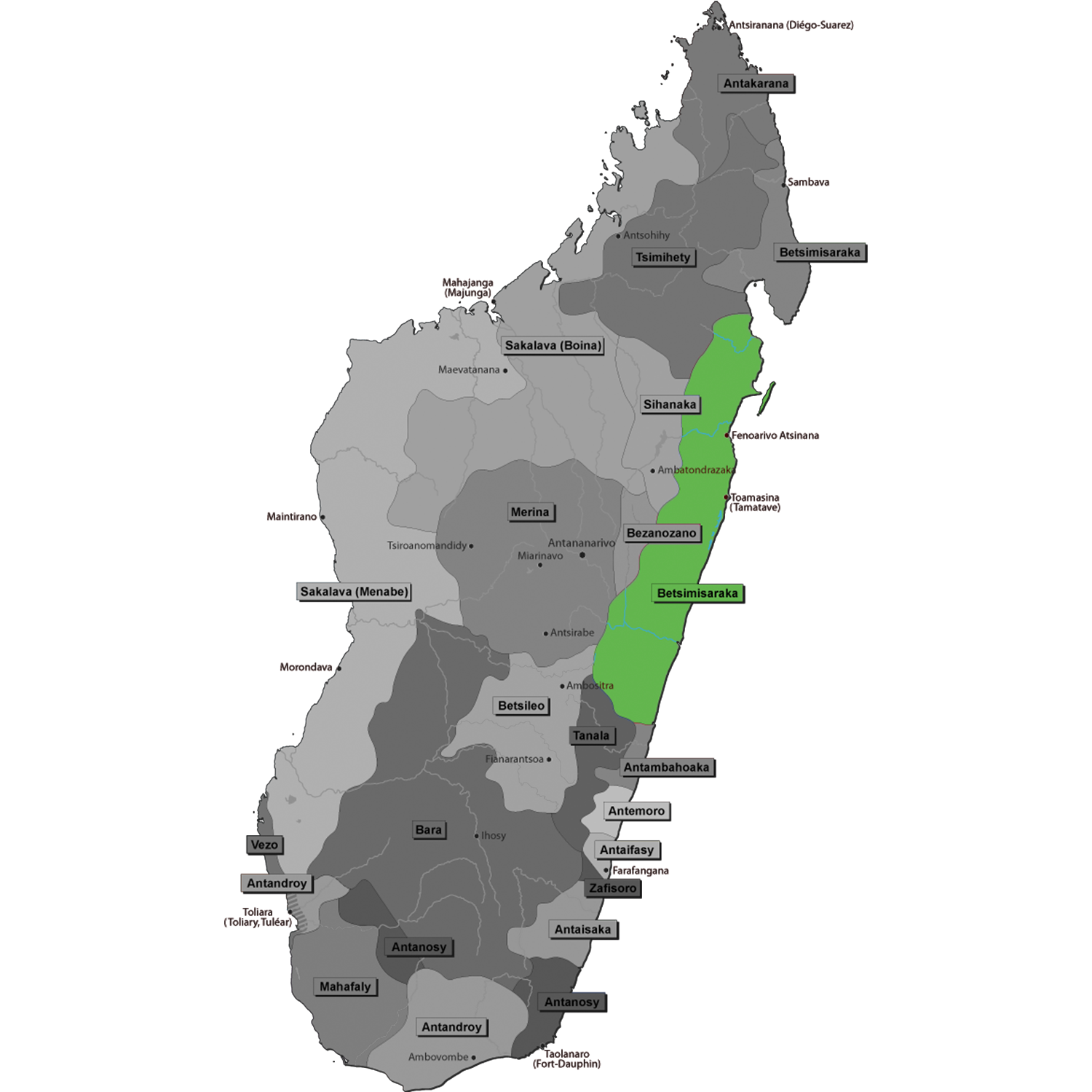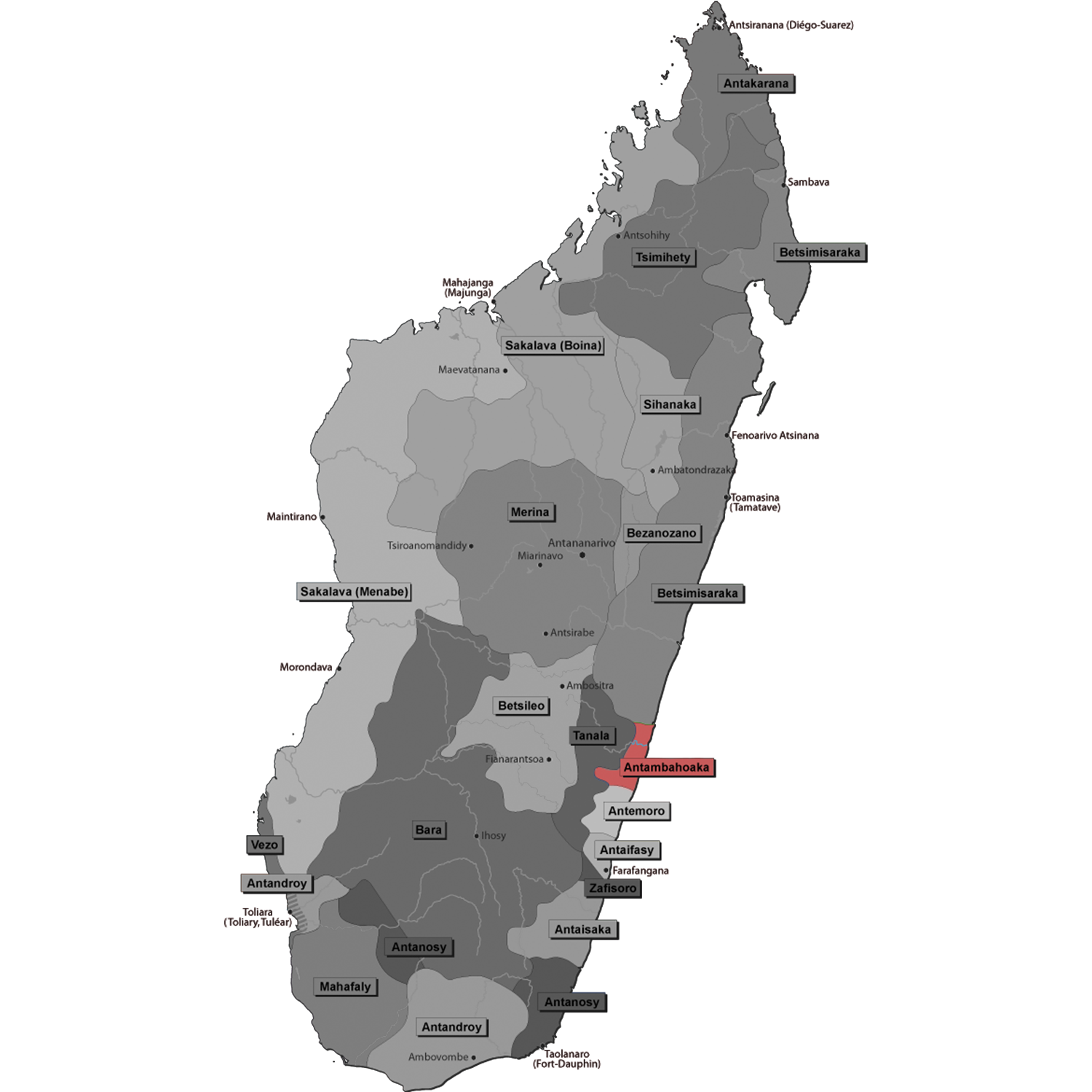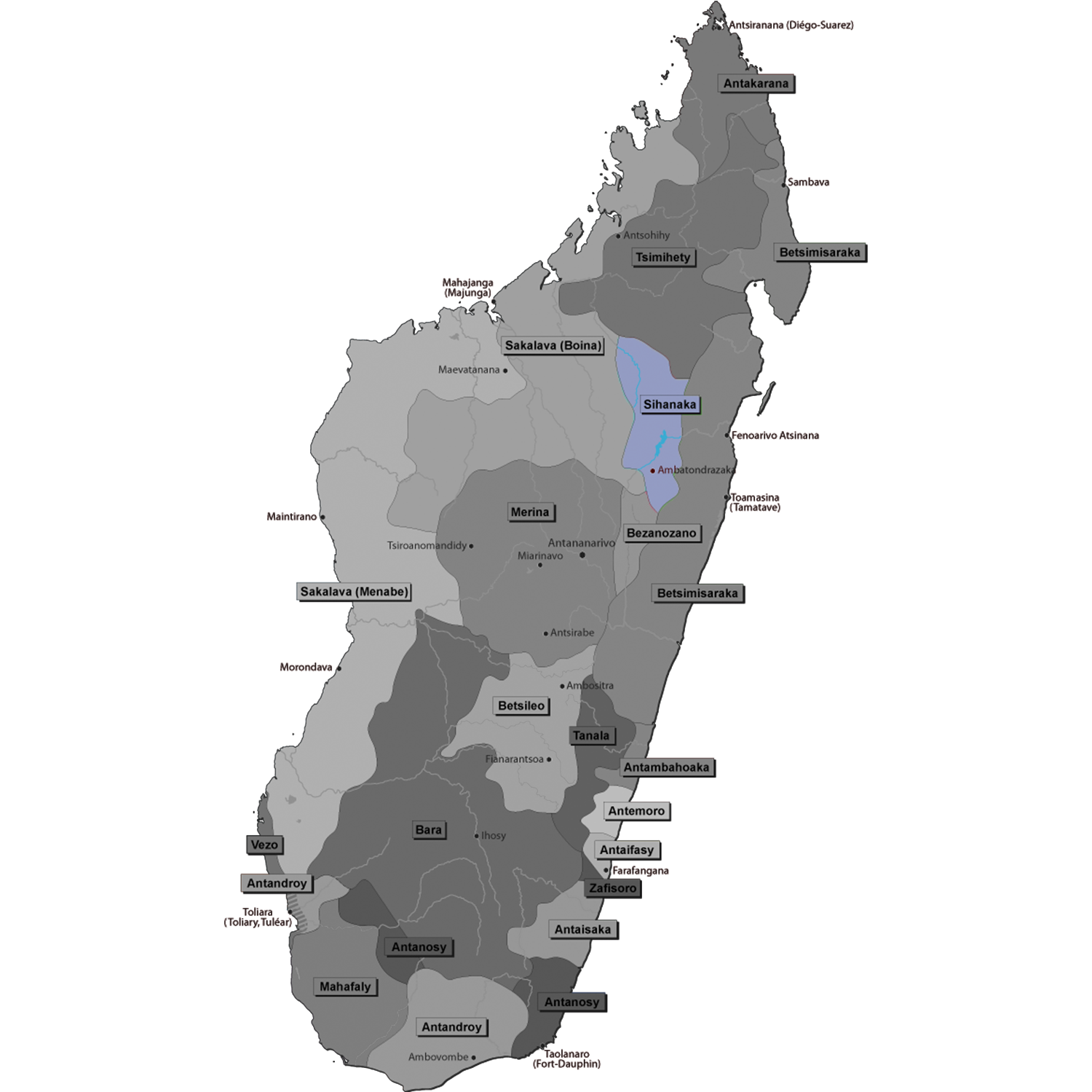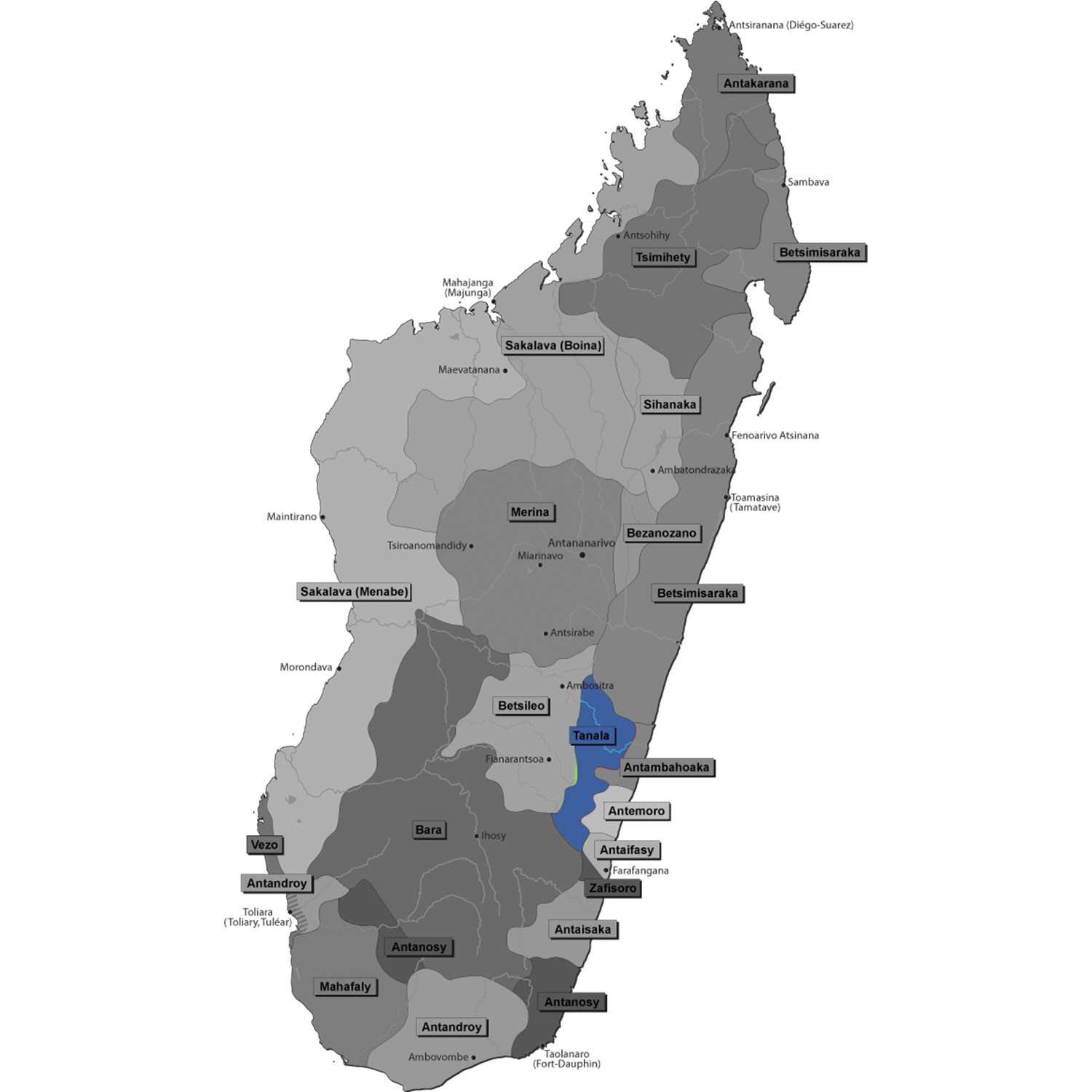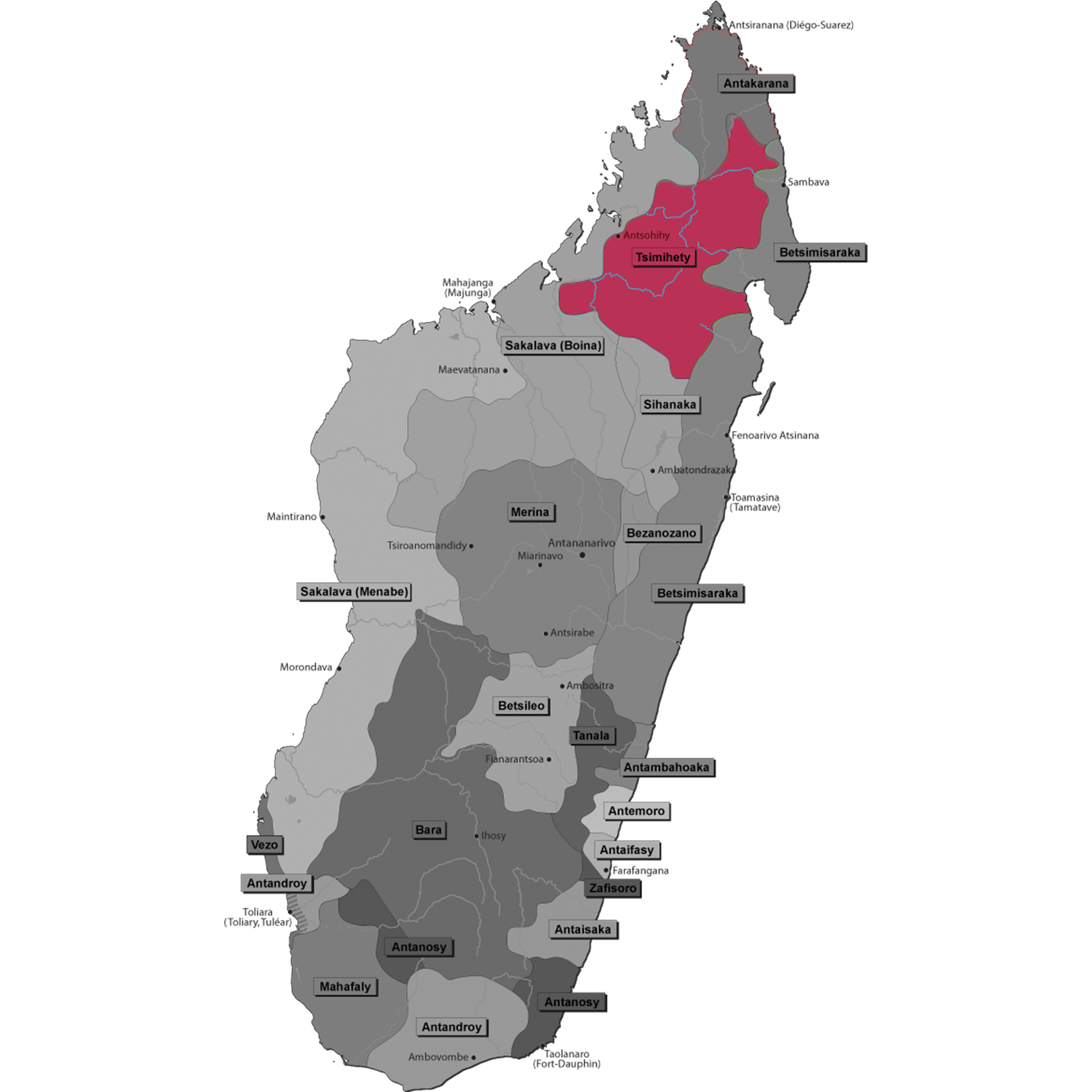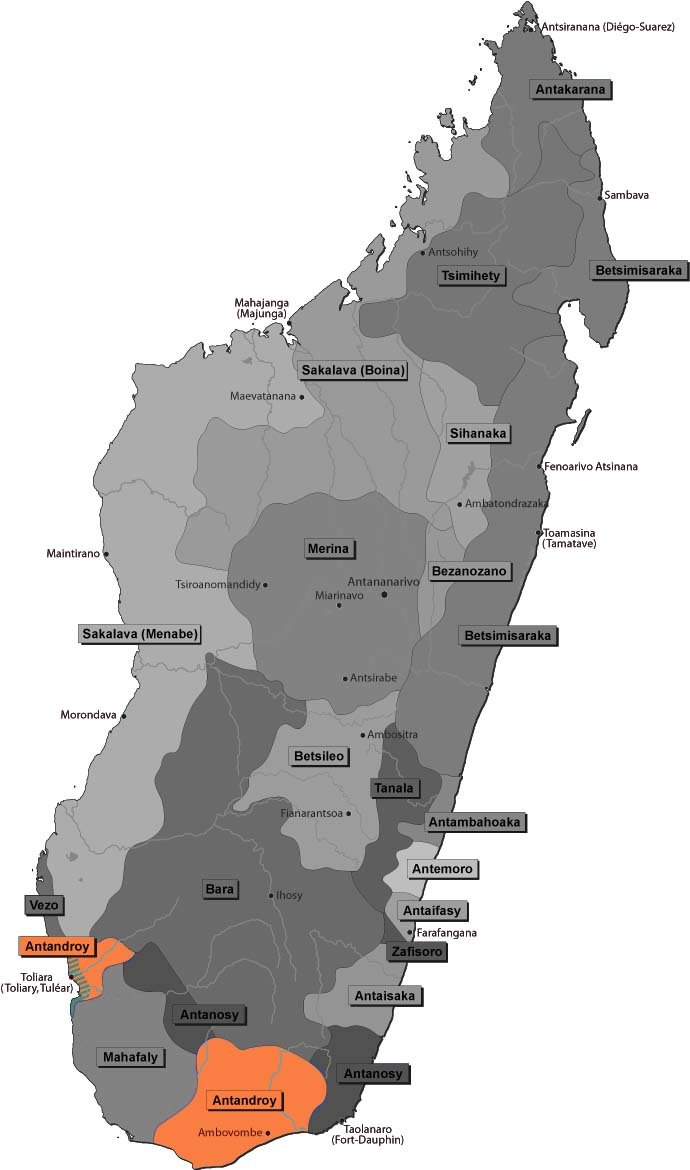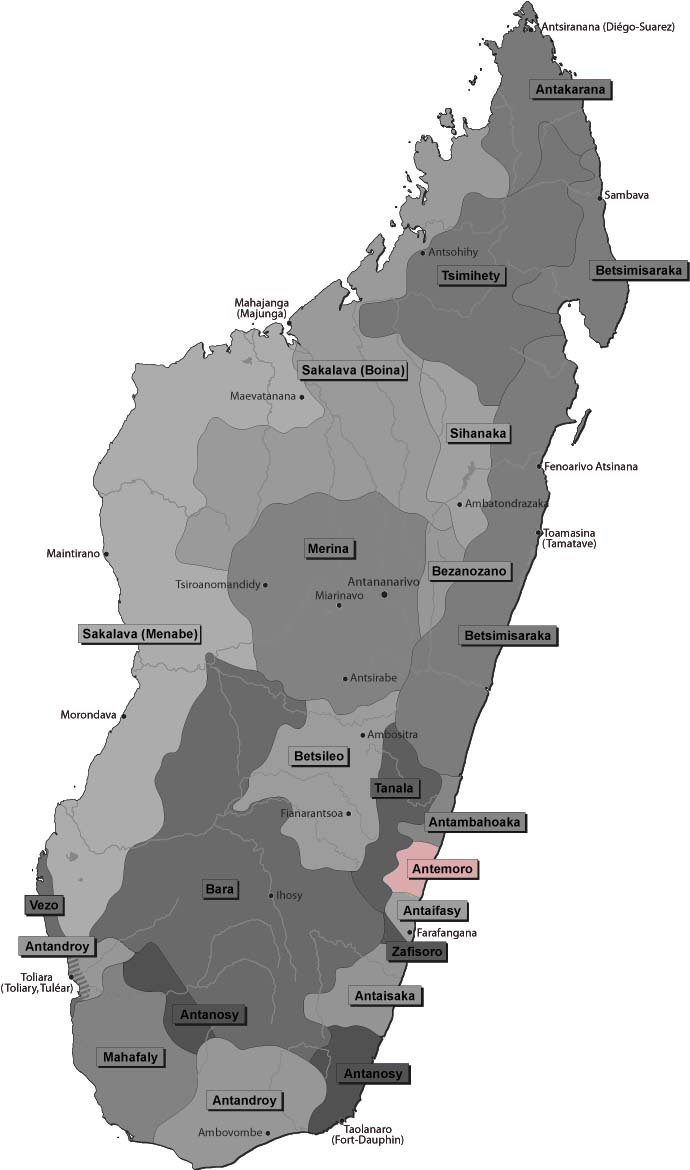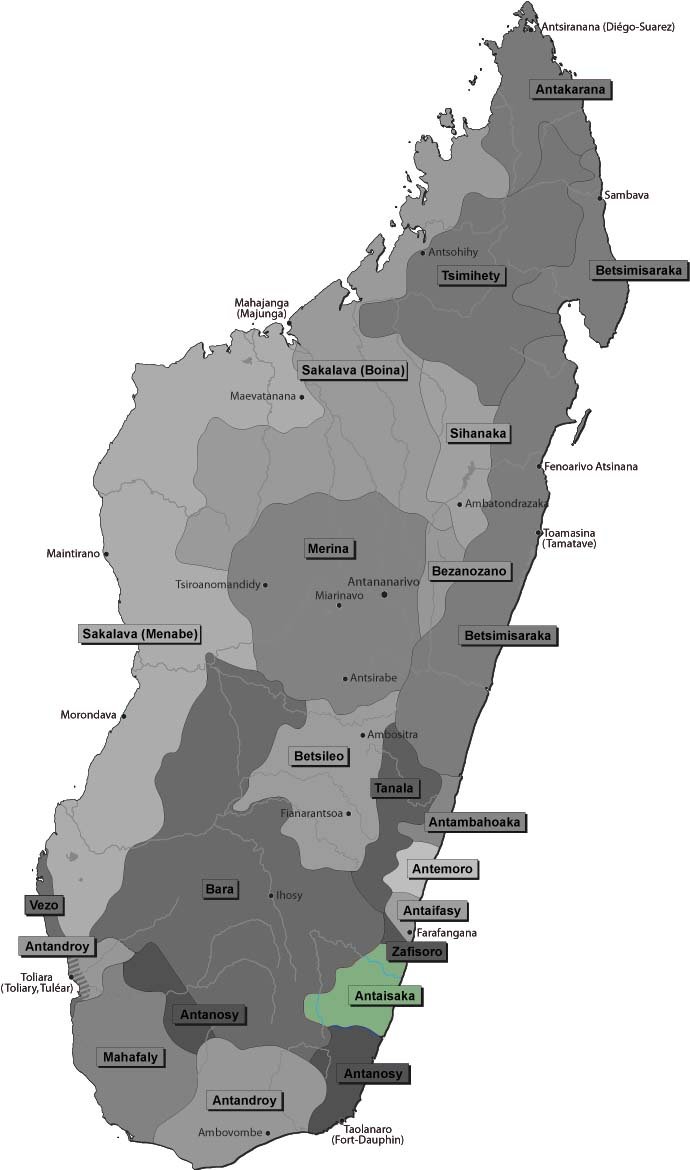The population of the Betsimisaraka North is about 1,562,000 and their main language is the Northern Betsimisaraka.
Around 35,00% of them are Christian, and of all these 35%, only 1, 21% are evangelical.
info@islands-mission.org
+27 79 450 2194 | +261 32 93 777 05



